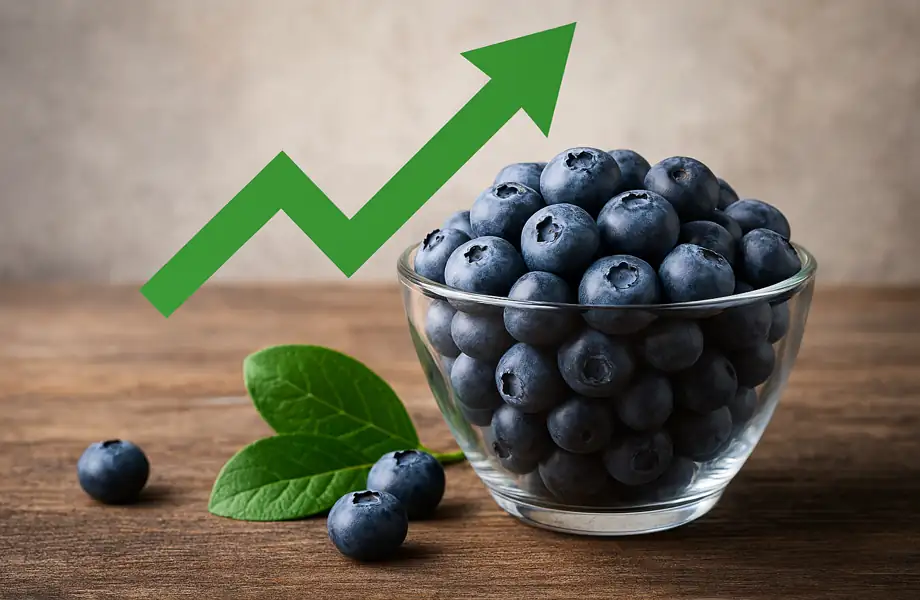It was clear to attendees of the 4th International Strawberry Congress that right now the strawberry sector, like the entire economy, is facing what looks like the perfect storm: starting in 2021, problems related to Covid, logistics, energy, raw materials, labor shortages, and geopolitical issues have been added to more structural problems.
In fact, factors such as real-time supply management, distribution of risks in the supply chain, extreme weather events, criticality in the supply of raw materials and inputs, and the aging of the working population are now structural .
THE EFFECTS ON CONSUMPTION
What effect is all this having on strawberry consumption? Undoubtedly, European consumers are beginning to look at their wallets, and this is inducing changes in their purchasing habits. A price elasticity of between 0.5 and 1 is calculated for strawberries. This means that a 20 percent increase in prices will correspond to a 10 to 20 percent decrease in sales.
We are already now seeing a shift in purchasing channels, with a shift from horeca to retail and from supermarkets to discounters. Consumers are shifting more toward promotions, toward private label, and we are already seeing a weakening of premium products. In terms of consumption levels, fruit and vegetable purchases are returning to normal after the excitement of the Covid 2020-2021 period.

The horeca channel is not expected to regain pre-COVID sales levels in the short term. So far, strawberry sales have not been adversely affected: 2022 estimates see increased consumption in both Germany and the Netherlands, while in the United Kingdom 2020 and 2021 have seen record increases in strawberry purchases by households.
THE CRITICAL ISSUES IN PRODUCTION
While consumption seems to be of no particular concern, the critical issues are mainly upstream, where the combined effect of rising costs and a very tight labor market could put production at risk in many European countries.

Input costs are high, and rising retail prices, when realized, are not sufficient to preserve margins. This is while in recent years there has been a gradual increase in the incidence of protected crops, which erode areas to field crops.
THE THREE KEY FACTORS
The future of strawberries is thus based on three factors:
- production increasingly under control in terms of yields, product health and quality;
- a growing automation to cope with labor dependence,
- greater sustainability with limited factor use, decreasing environmental impact, and acceptable profitability.





